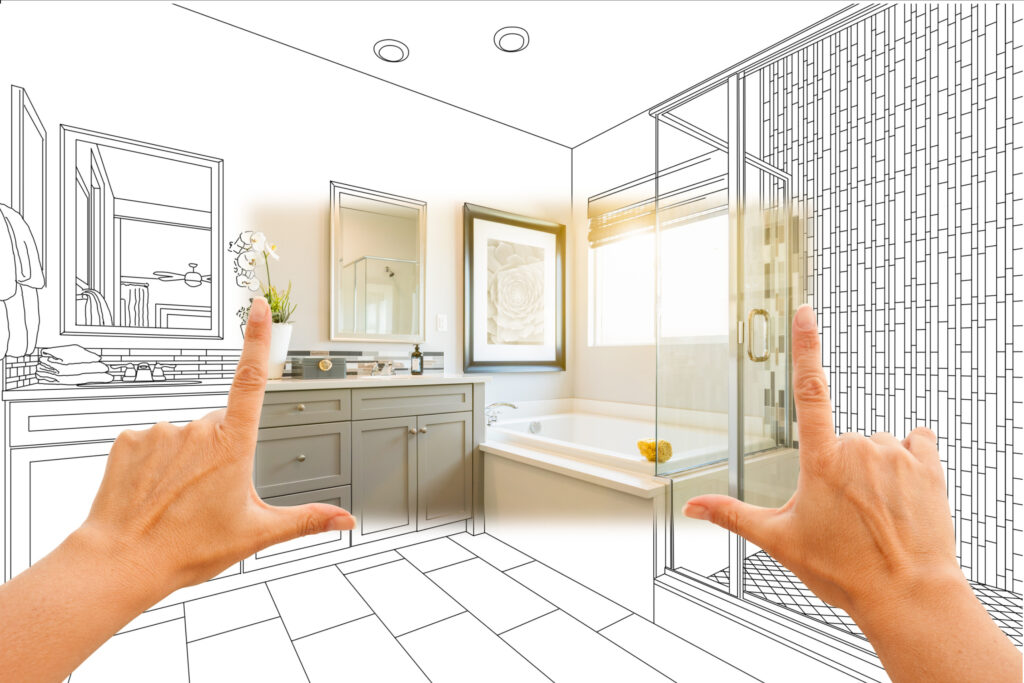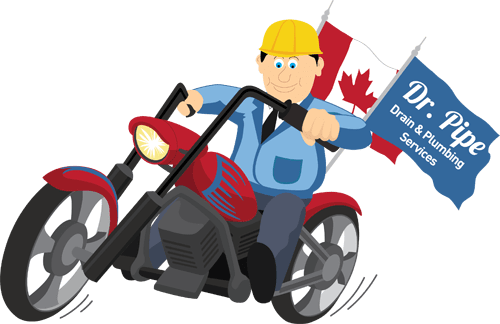Give us a call today: 416 663 4777 for a free upfront estimate!

Before you read this article it is a good idea for you to take in a definition of what “roughing in” means: The latter term is something that is used repetitively in the article below. The term is a reference to the installation of plumbing work – work that is now ready for the application of compatible fixtures. When plumbing is still exposed it is still called roughing in. If the floors, partitions, and walls are not put in yet, you can still describe the pipes and equipment as roughing-In.
The reference of roughing in also includes fixtures, fittings, pipes, connectors, and pipe placement. All the water lines up to the fixtures, but that are not yet connected, the vent stack running through the home’s roof, the sewer located in the basement of a house – all of these things are roughing- in references as well.
The piping when roughing in is permanent. They must be able to handle vibration, settlement, and freezing. Connections that put these pipes together must be flawless to avoid issues with leaking in the future. To ready the pipes you must have the appropriate materials and tools before you start. Doing the job correctly is vital; the entire system is dependent on piping you are installing. If you think the task is too big for you to handle, call in a professional and have someone skilled in the installation complete the task.
When completing the roughing in, there are a number of required tools including the plumb bob, files, wrenches, saws, caulking irons, chisels, and threaders as well as cutters. Additional equipment that will prove helpful during this stage include a machinist’s hammer, square, brace and bits, and a level. Do not forget to have on hand a six-foot rule, and make sure that it is made out of wood: This way you are protected in the event the rule inadvertently comes into contact with live wires.
Support and Strengthen
If the support and joints are inadequate it can cause an issue with sagging, vibration, leaking, and loosened joints. Every pipe has to bear the burden of the pipe it is connected to in addition to its own weight and the heaviness of water as it moves through the pipes: This is why correct support in the system is vital. If you have long vertical runs, this can prove incapable of supporting the system adequately, and it can result in system vulnerabilities instead.
In contrast, when a pipe has a brace at the top and bottom and there are clamps and straps run every ten feet or so, the support is far greater. Along the length of piping that is horizontal, you can put into supports to keep the pipe into place. Brass or cast iron installs require a greater degree of support than copper tubing does, but this is due to the increased number of necessary fitting in the iron and copper systems. A bit of copper tube sagging does not affect the plumbing system, but it can still lead to loose, leaky and ruptured pipes. If you use tape or hangers every ten feet you can prevent issues with sagging all together.
If you are unsure how to rough concrete yourself or do not want the burden of having to deal with your own Toronto plumbing roughing, make sure that that you call the courteous professionals at Dr. Pipe Drain and Plumbing Services.
Give us a call today: 416 663 4777 for a free upfront estimate!




